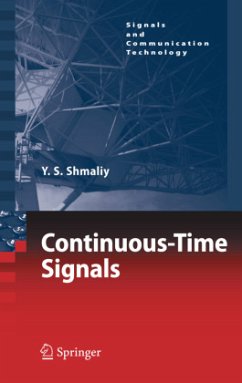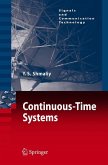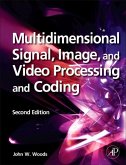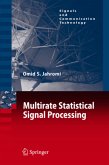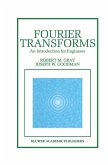Continuous-Time Signals is an extended description of continuous-time signals related to the course of Signals and Systems. As a time-varying process of any physical state of any object, which serves for representation, detection, and transmission of messages, a modern electrical signal possesses, in applications, many specific properties. To make possible for readers to deal with signals free, the book systematically covers major principle foundations of the signals theory. The representation of signals in the frequency domain (by Fourier transform) is considered with strong emphasis on how the spectral density of a single waveform becomes that of its burst and then the spectrum of its train. Different kinds of amplitude and angular modulations are analyzed noticing a consistency between the spectra of modulating and modulated signals. The energy and power presentation of signals is given along with their correlation properties. Finally, presenting the bandlimited and analytic signals, the book elucidates the methods of their description, transformation (by Hilbert transform), and sampling.
This is a nice book on signal processing in communication technology. Ideas are succinctly explained with simple examples and appealing mathematics. Almost all examples in the book are accompanied by illustrations. The material is well organized and the text is written readably. Chapter summaries are some of the compelling aspects of the book. Furthermore, end-of-chapter problems are well sorted and fit the themes that have been presented in their respective chapters. All the way, the book give glimpses of historical accounts by pointing to the originators and major contributors of signal processing and related areas. At any rate, any one serious of doing signal processing should look into this book. In particular the brevity of the mathematics, the abundance of explanatory examples, etc., makes it accessible to readers at the advanced undergraduate level in the relevant field of studies. Surely, it can serve as a co-text or a reference for a course in signal processing. Armin Hoffmann (Ilmenau)
